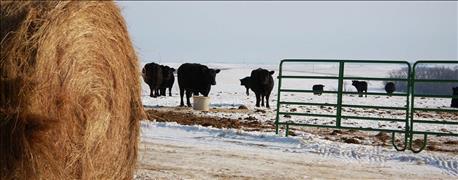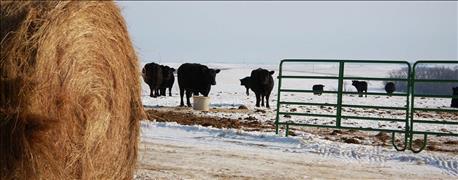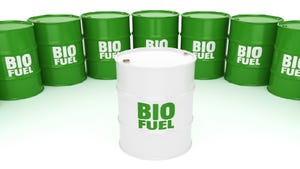December 13, 2016

Will providing bedding result in enough extra performance to outweigh the additional expenses in both material and labor?
The answer is often yes.
Depending on conditions, the ability to provide bedding to feedlot pens is certainly a valuable tool to increase cattle comfort and performance during extreme weather conditions in the Northern Plains.
In a study conducted in North Dakota at the Carrington Research Extension Center, cattle that were provided bedding gained faster and more efficiently than their non-bedded counterparts. Bedded cattle in that study had heavier carcass weights and a greater percentage reaching the USDA Choice quality grade compared to the non-bedded cattle.
 Depending on conditions, the ability to provide bedding to feedlot pens is certainly a valuable tool to increase cattle comfort and performance during extreme weather conditions in the Northern Plains. (Photo: DarcyMaulsby/Thinkstock)
Depending on conditions, the ability to provide bedding to feedlot pens is certainly a valuable tool to increase cattle comfort and performance during extreme weather conditions in the Northern Plains. (Photo: DarcyMaulsby/Thinkstock)
The combination of improved performance and heavier, more valuable carcasses resulted in a $60 to $80 per head advantage for bedding.
Those results agree with a summary of South Dakota and Colorado data showing a 7% improvement in gain and feed conversion when bedding was provided.
These studies show the greatest impact in later portions of the feeding period. It appeared that lighter calves adapted to muddy conditions more readily than heavier cattle.
In some locations and environmental conditions, the benefits to providing bedding are less clear. In a study conducted in northeast Nebraska, bedding provided a performance boost during the first 70 days in open lots. However, by the end of the four-month trial, those advantages in gain and efficiency were largely gone. There was no advantage to bedding cattle under those conditions if they had access to an open front shed. These researchers also noted that doubling the amount of space per head in open yards was just as effective as bedding in promoting performance and reducing the effects of mud.
Bedding Type Can Impact Performance
The crop residue used for bedding can also play a role in cattle performance. North Dakota researchers reported that there was a tendency for calves bedded with corn stalks to consume less dry matter from the ration placed in the bunk compared to cattle bedded with wheat straw, leading to differences in gain and performance.
Researchers speculate that cattle ate more of the corn stover at the expense of the bunk ration. If cattle producers have both straw and corn stover available, there may be an economic benefit to dedicating straw supplies to bedding usages and using the corn stover as a possible roughage source.
If corn stover is used for bedding, waiting to bed pens until after the cattle have consumed all or most of the ration from the bunk will help reduce the amount of substitution occurring.
Source: Warren Rusche, SDSU Extension Beef Feedlot Management Associate
You May Also Like




